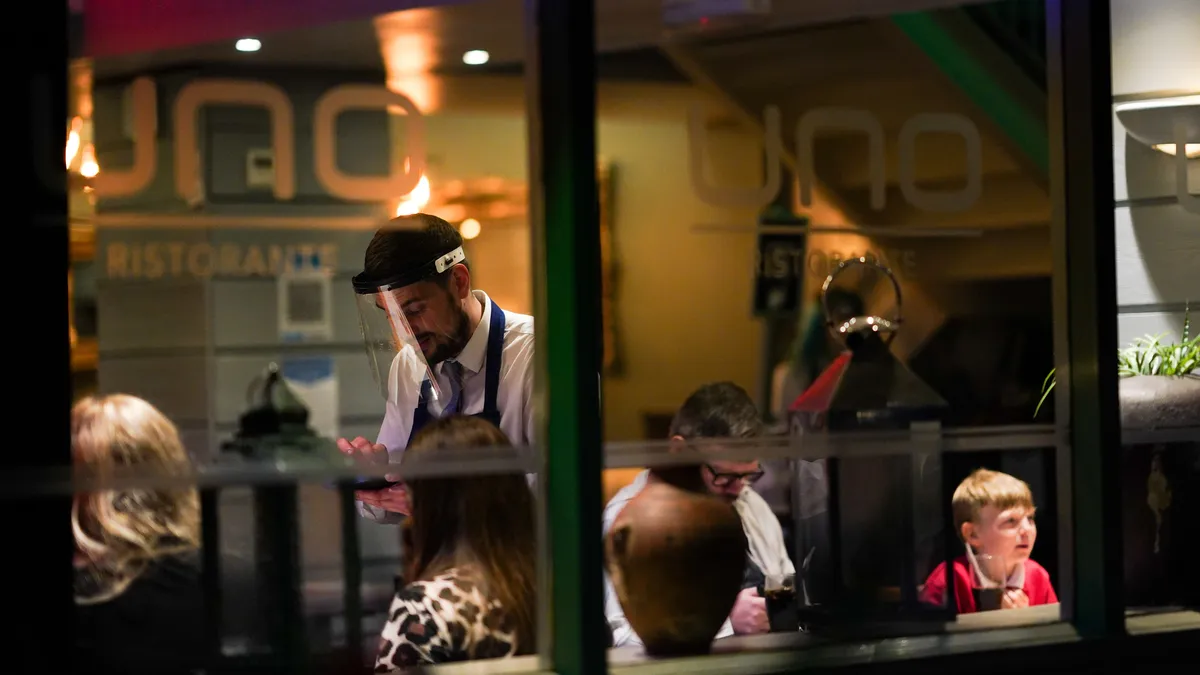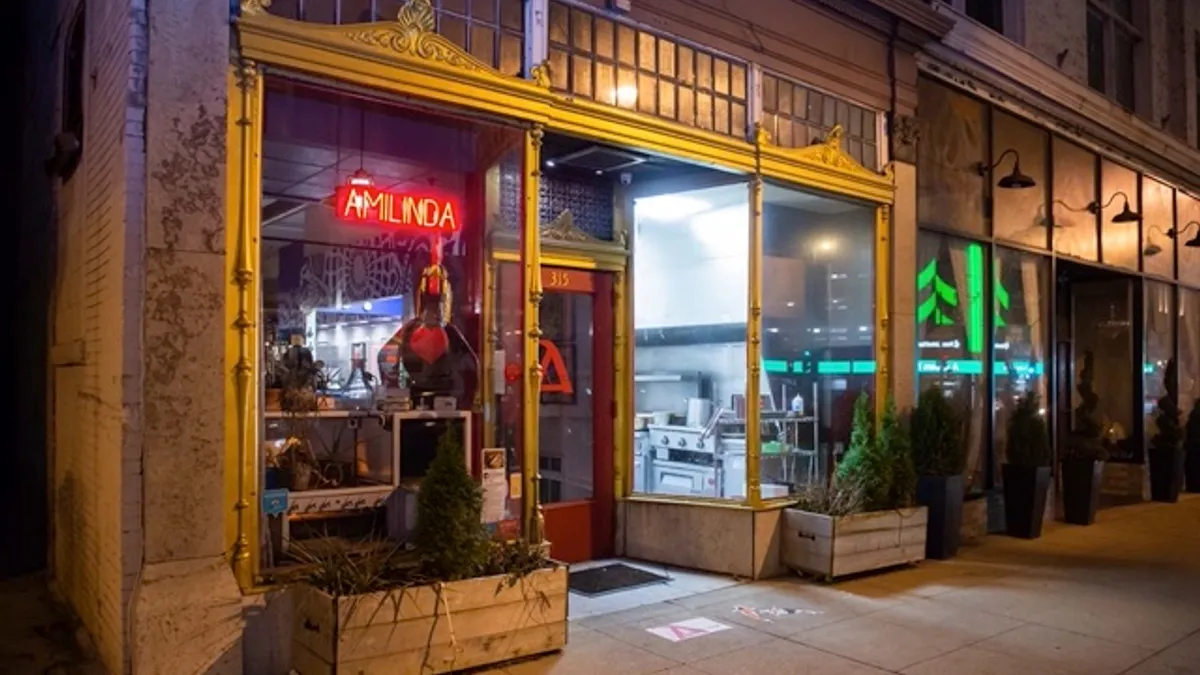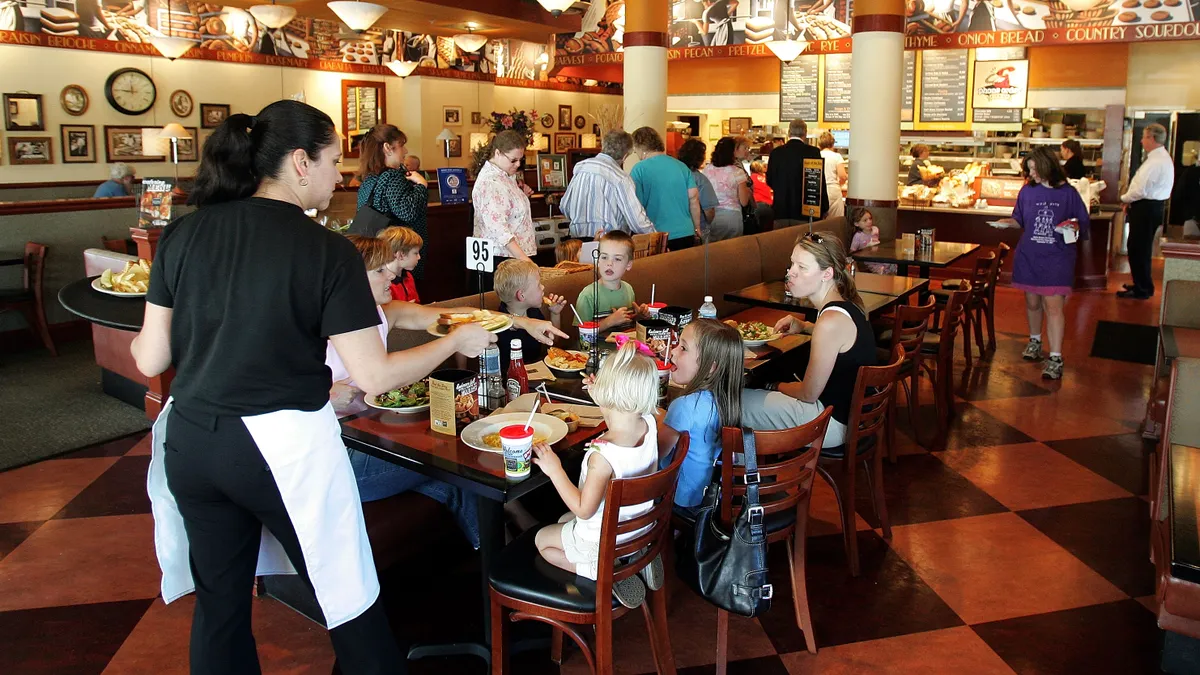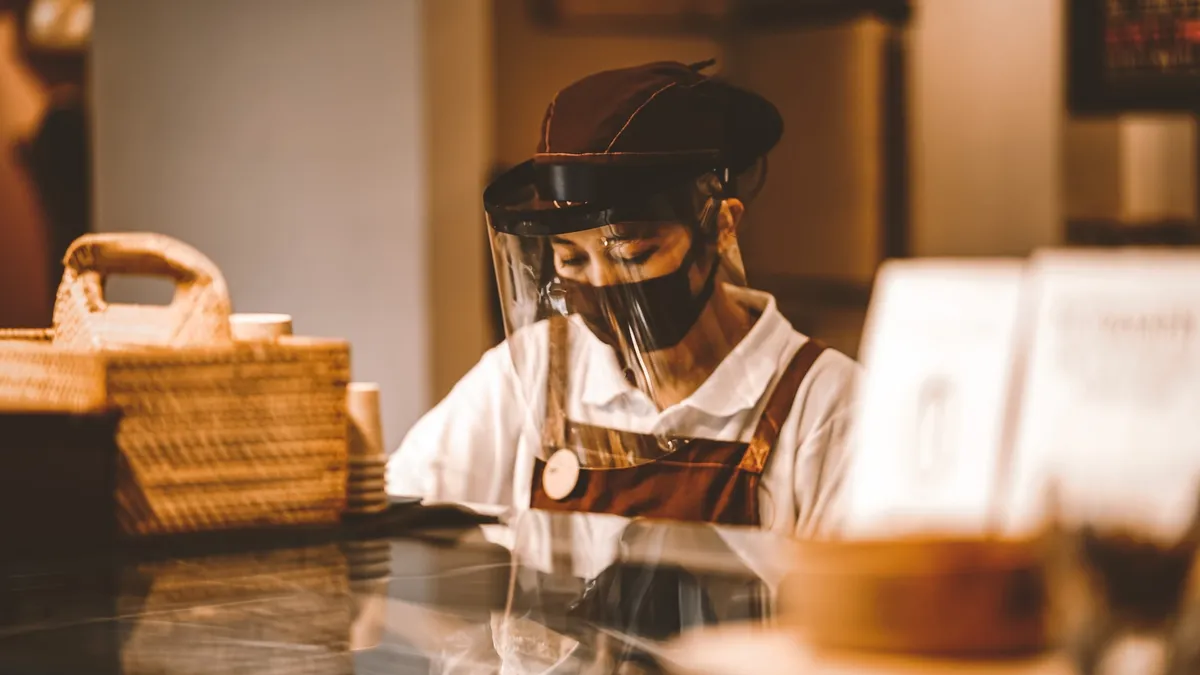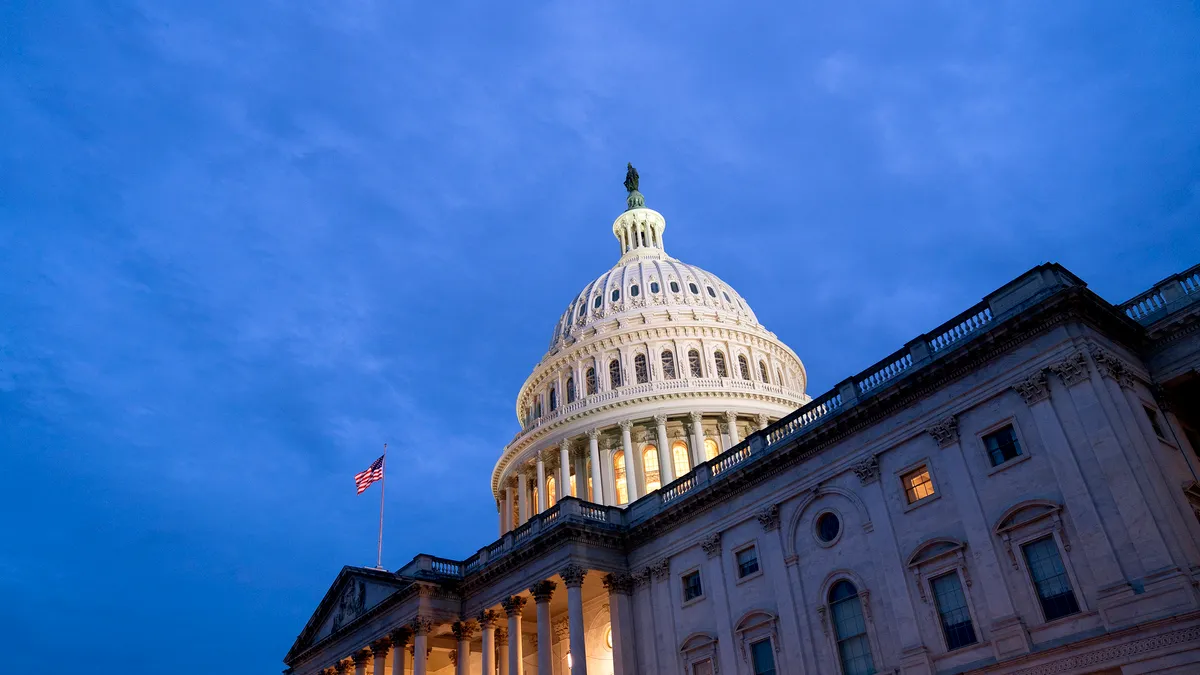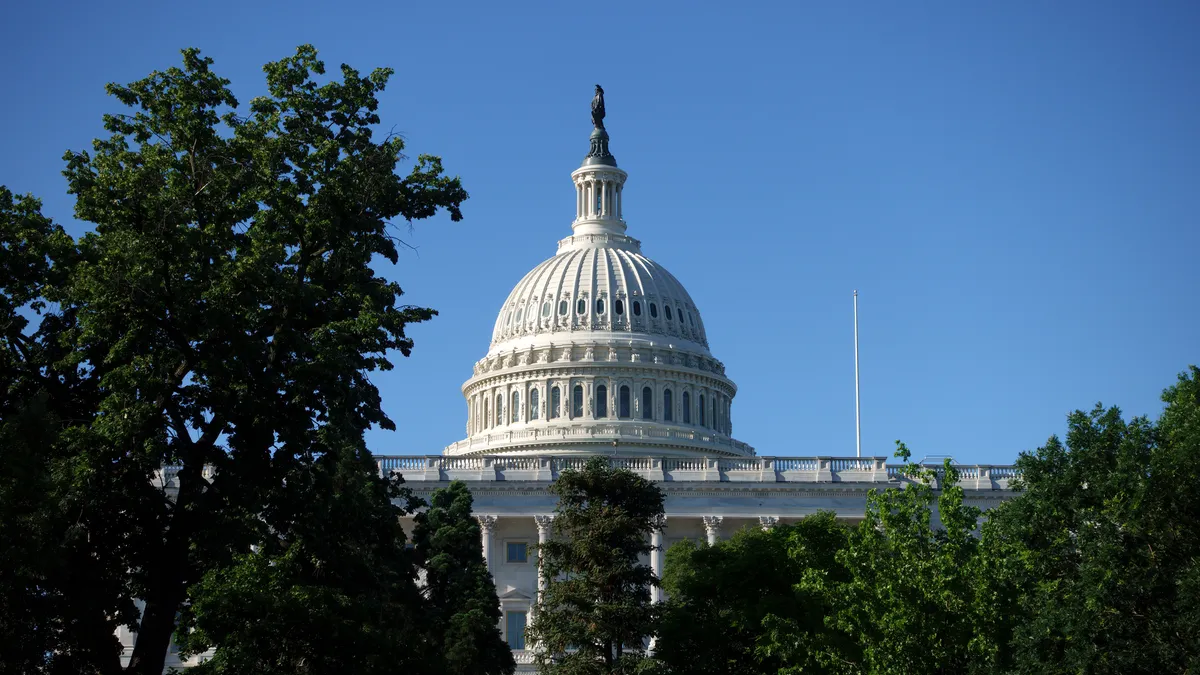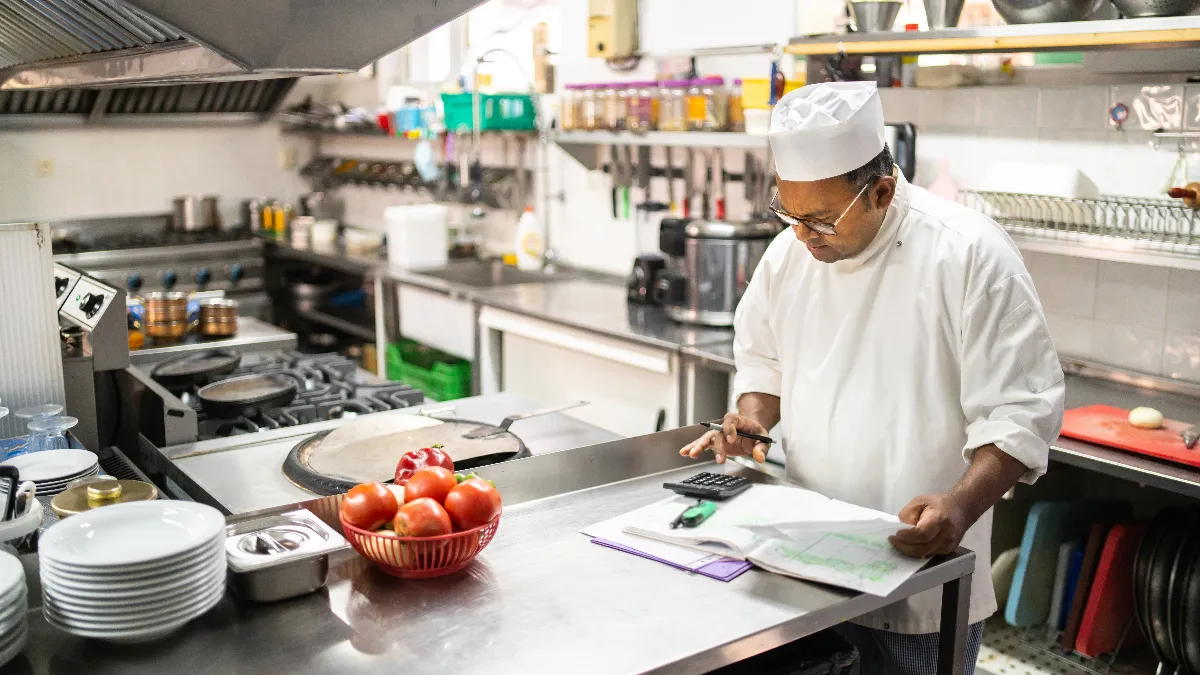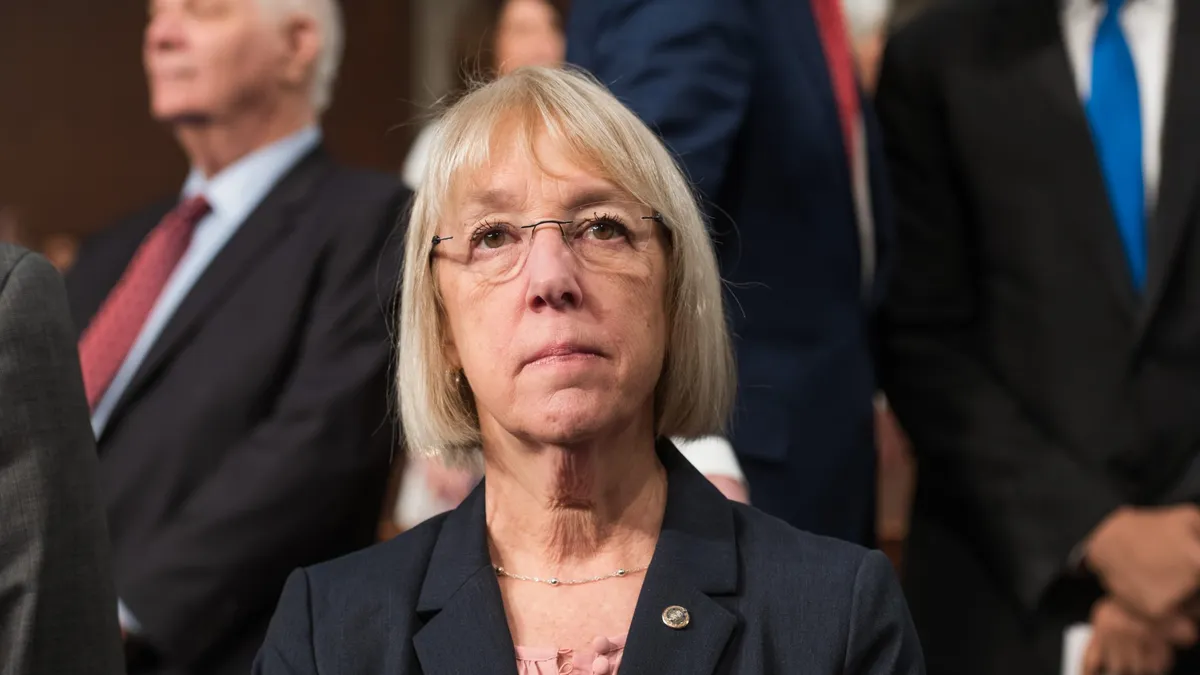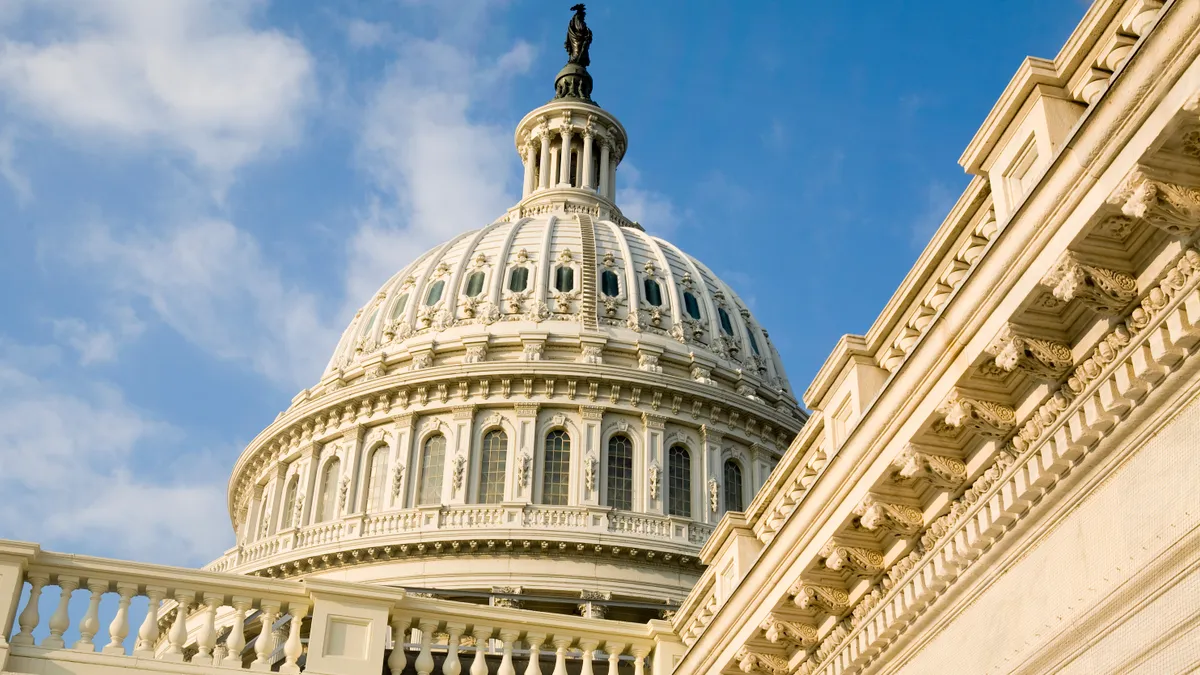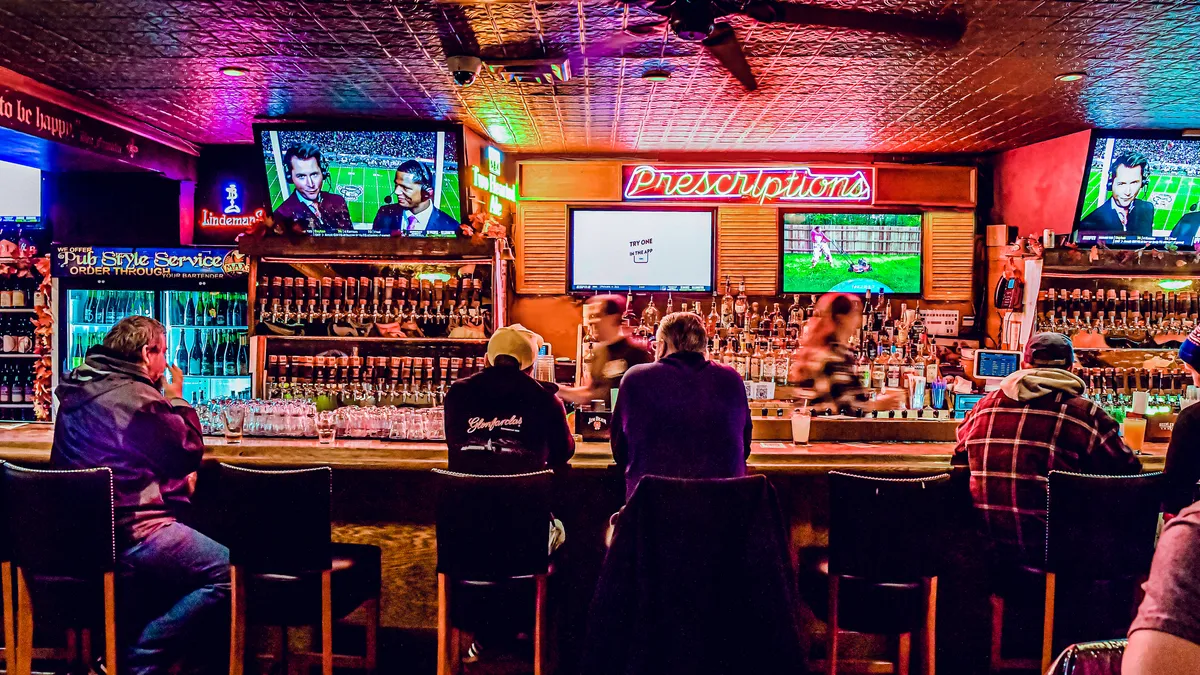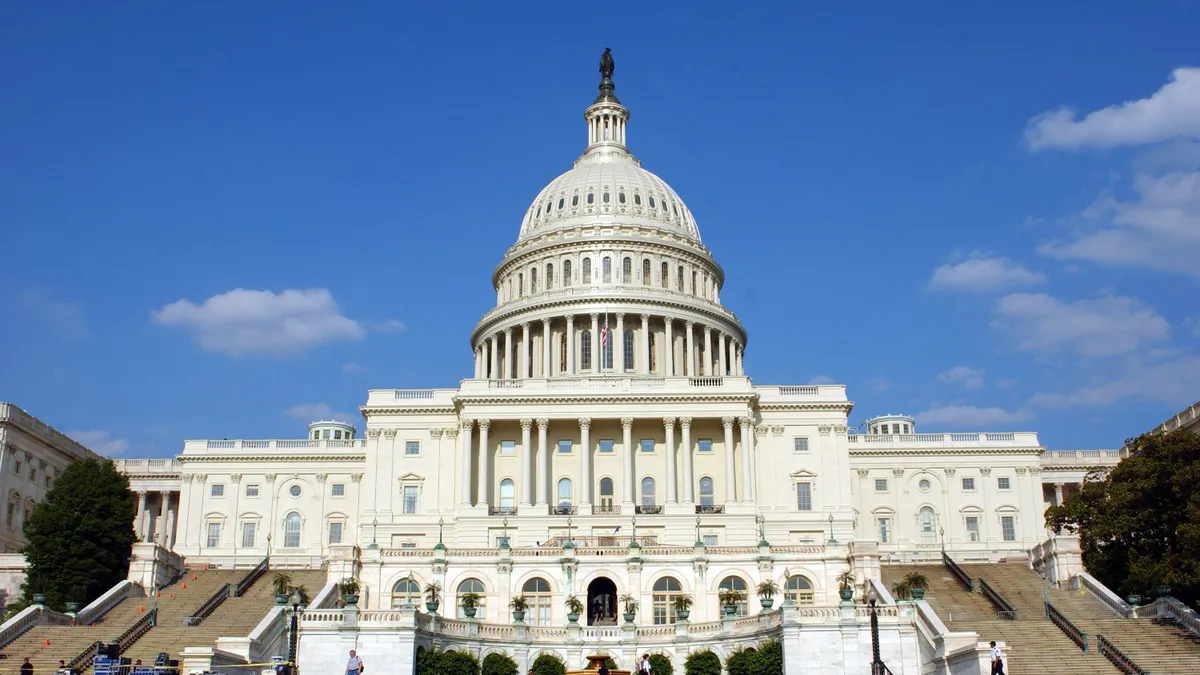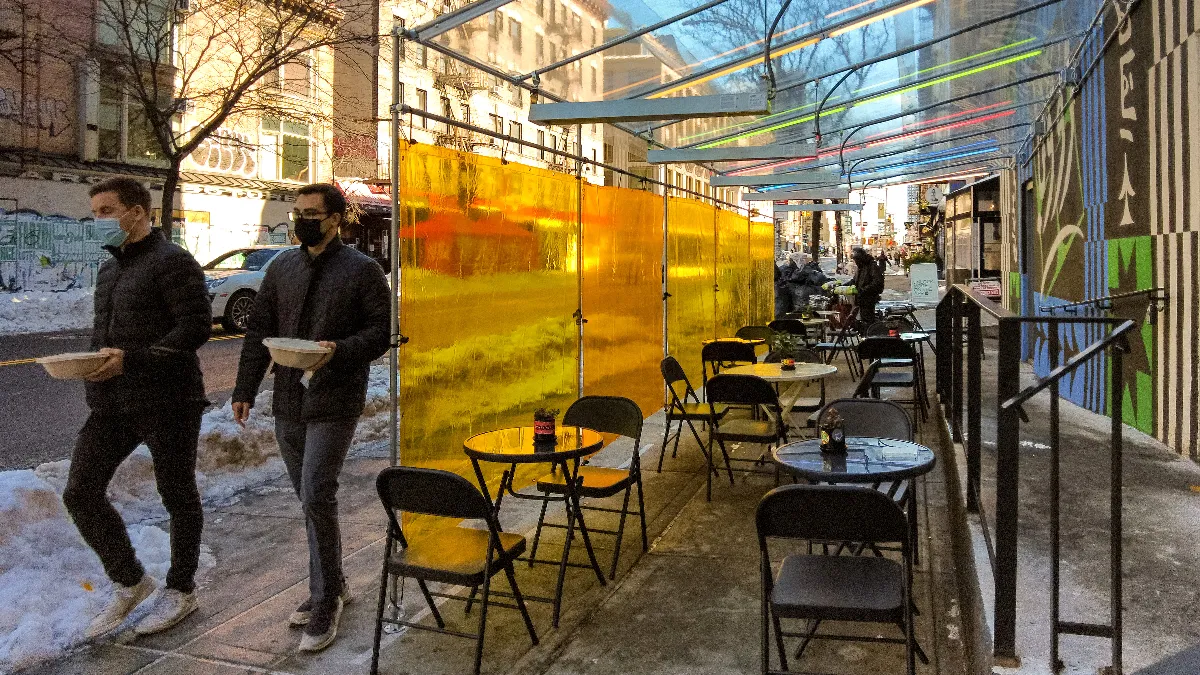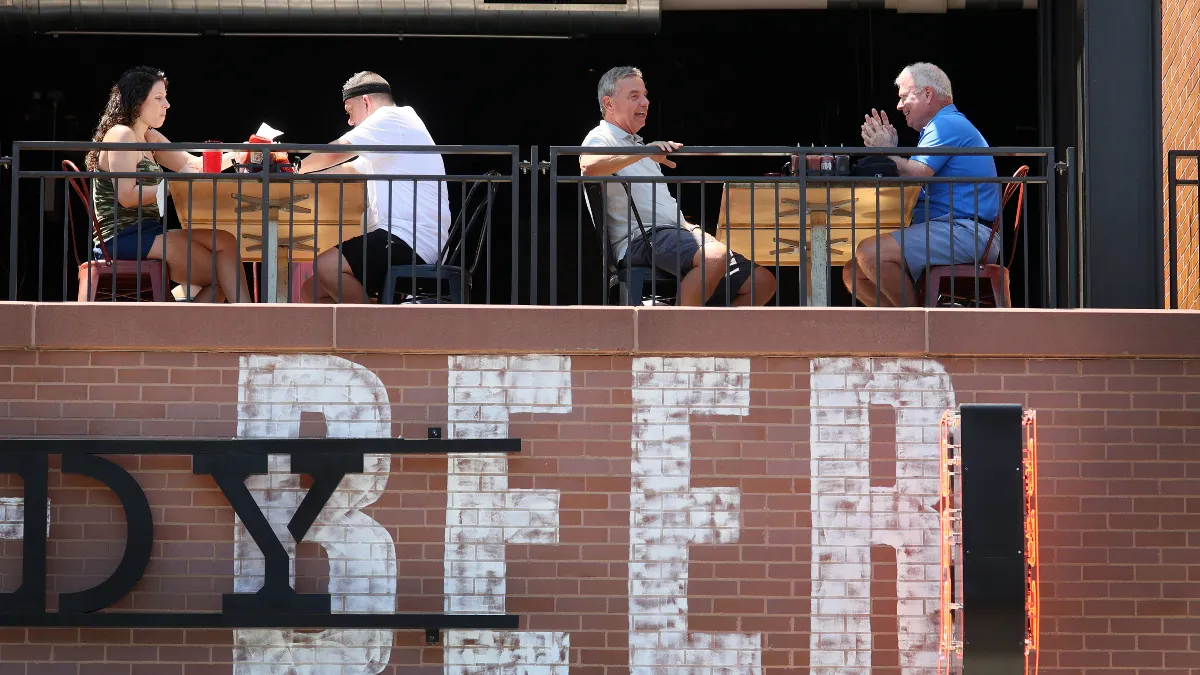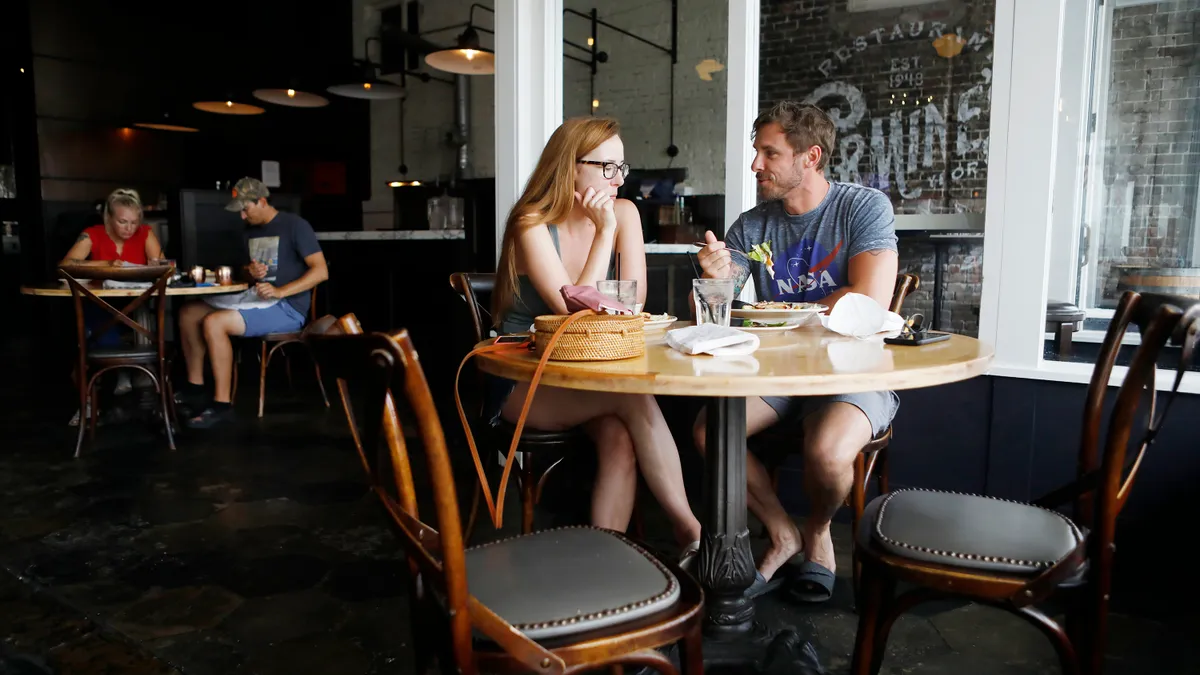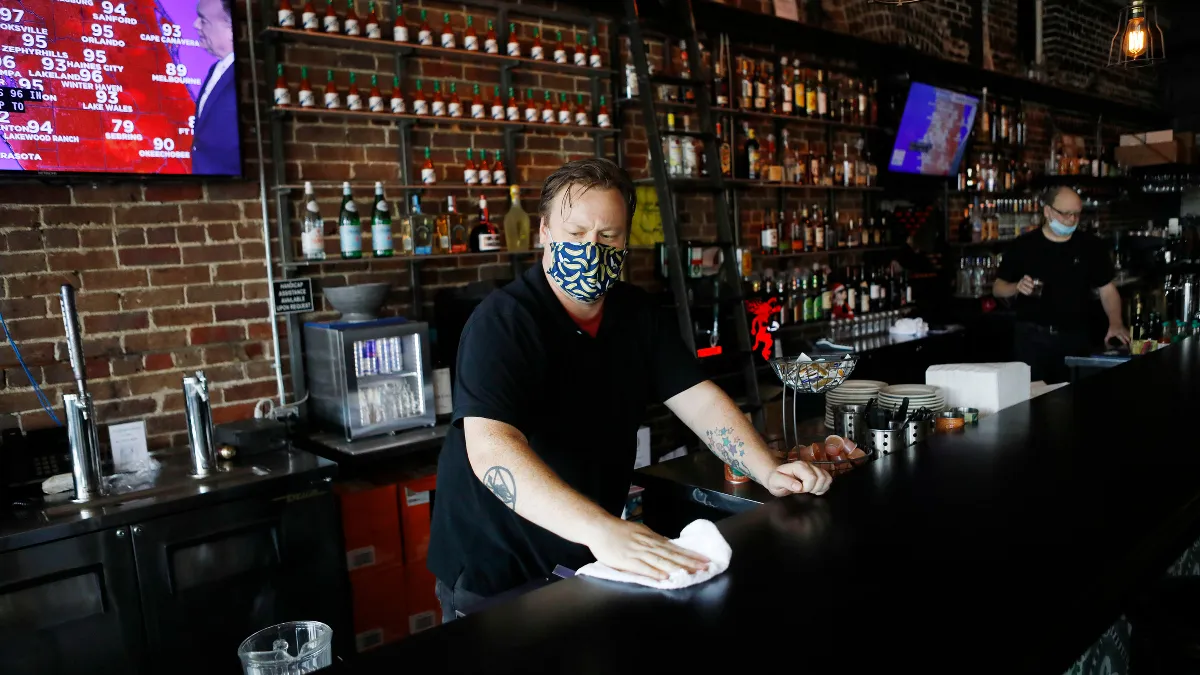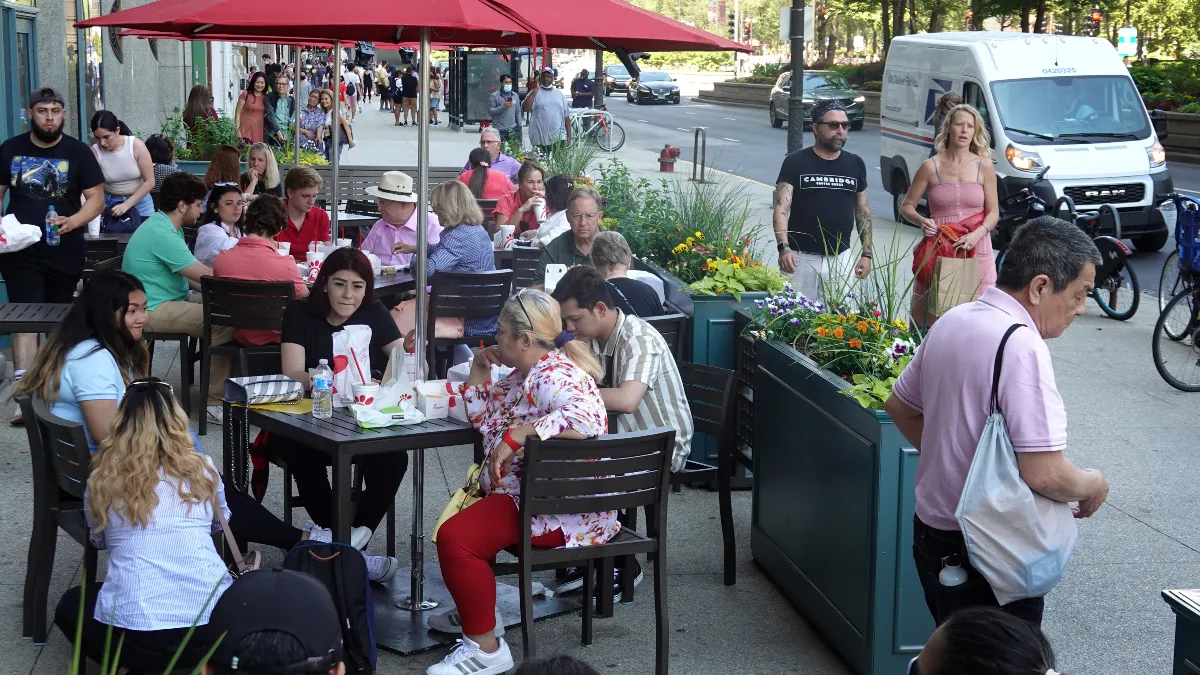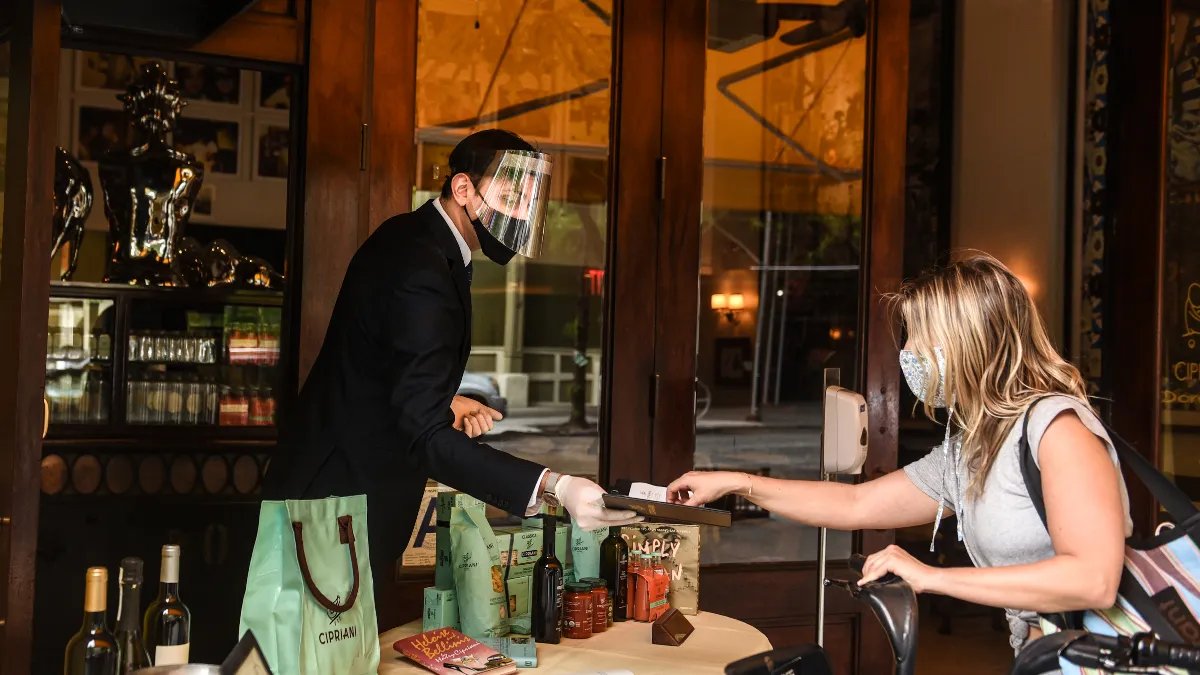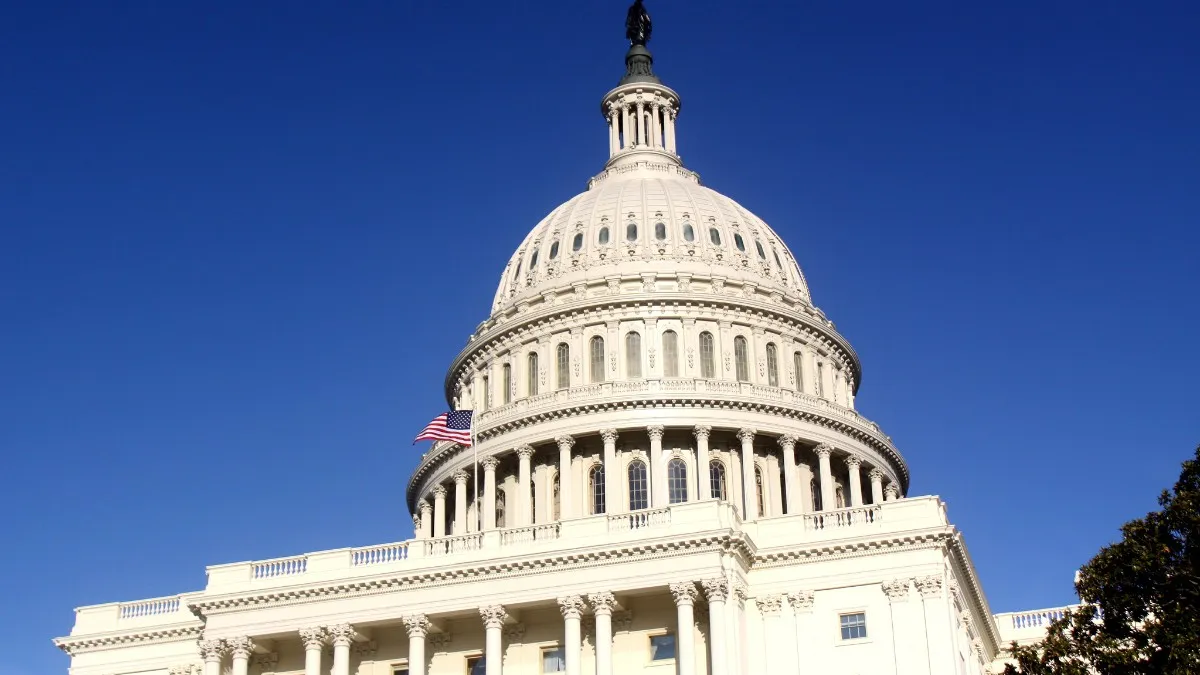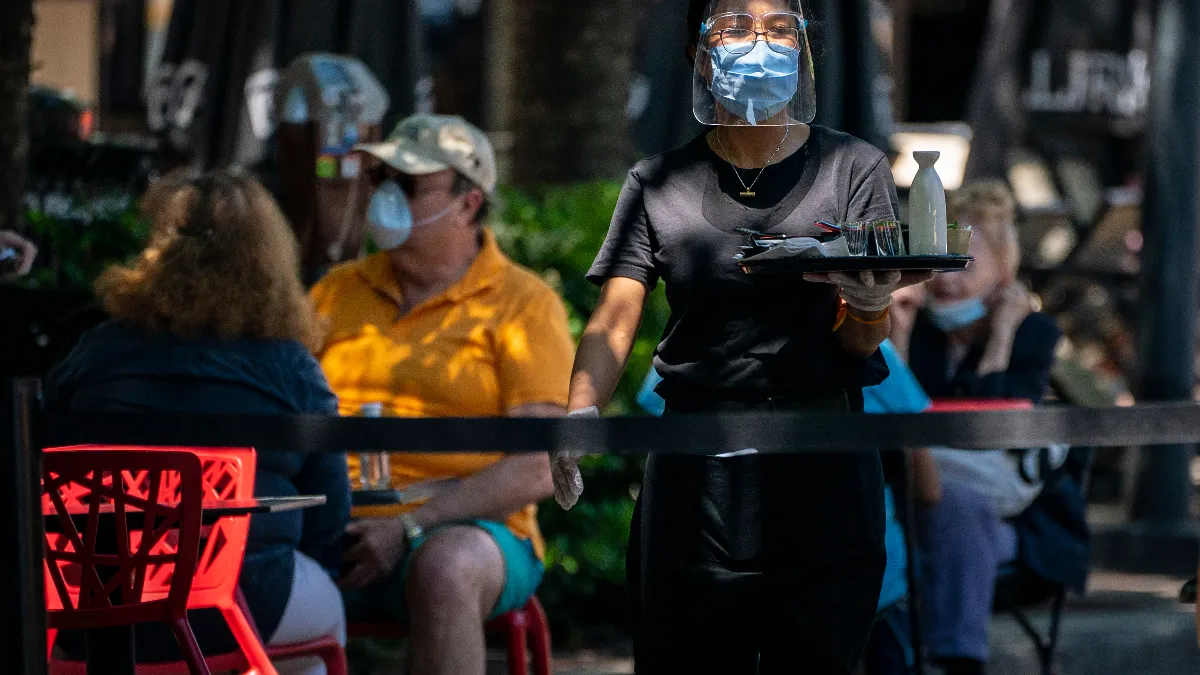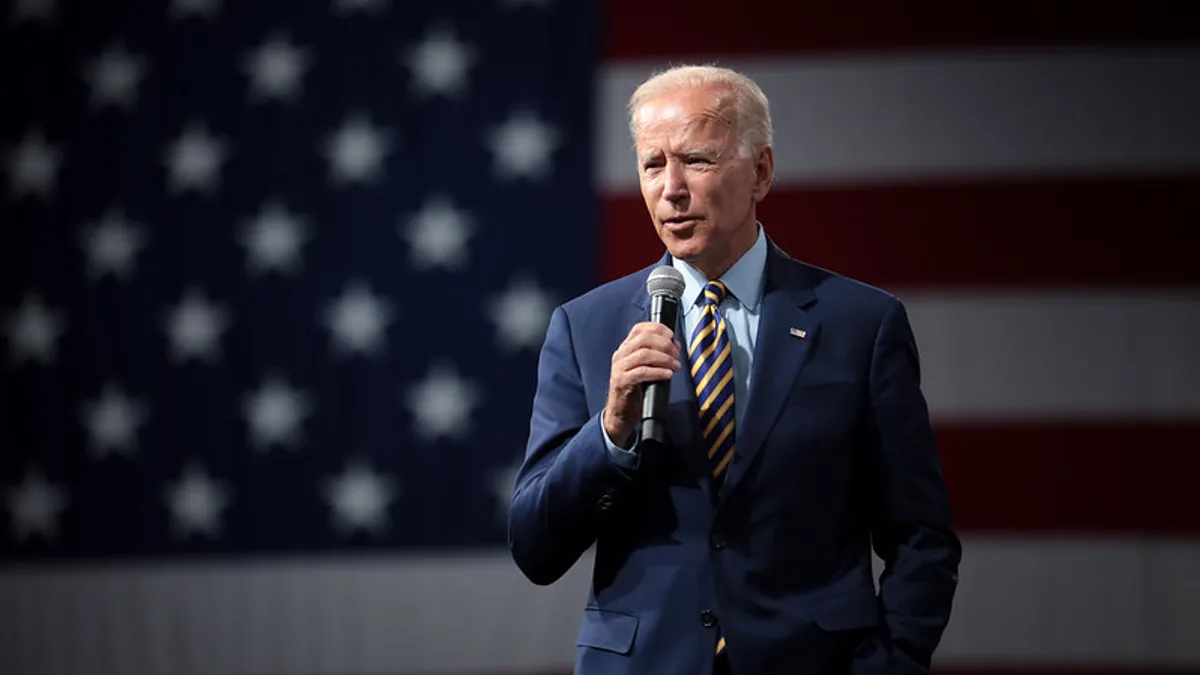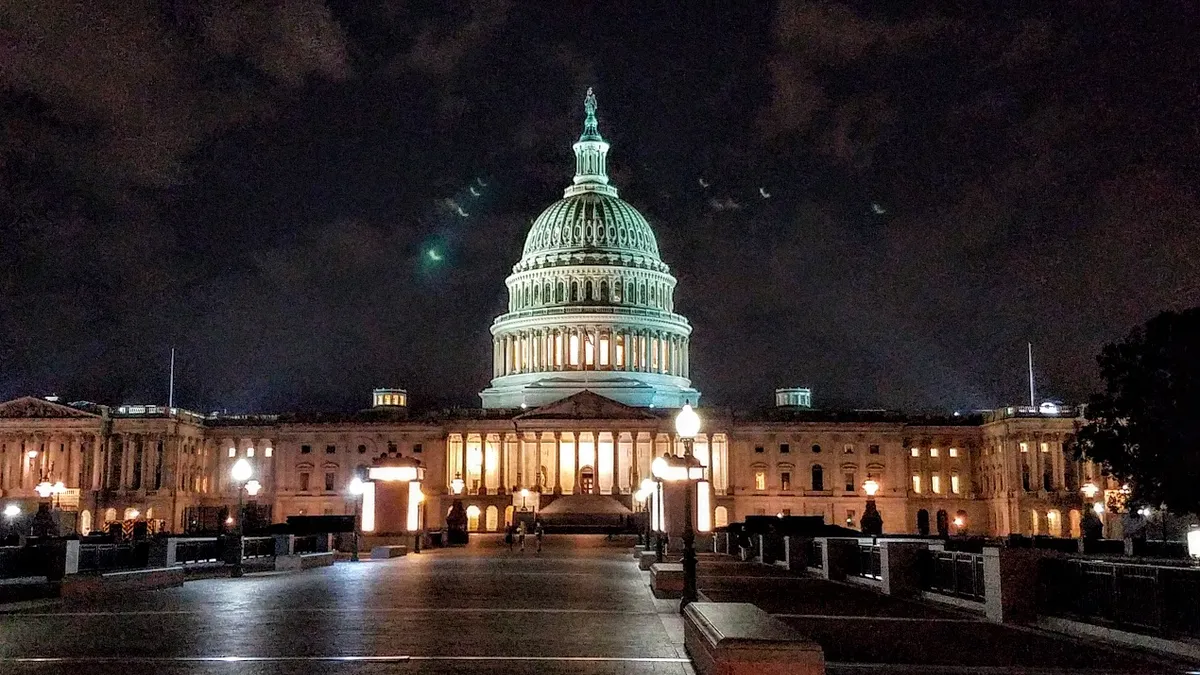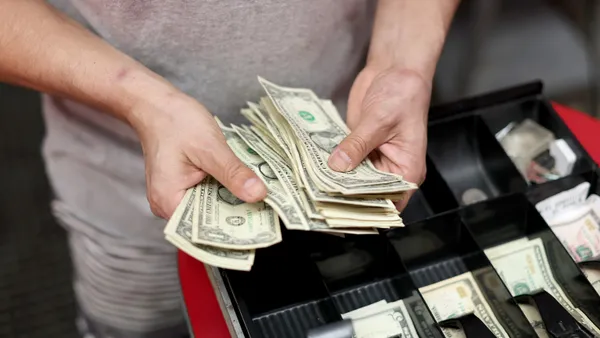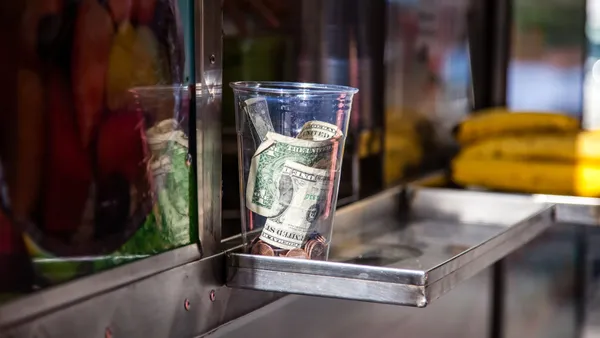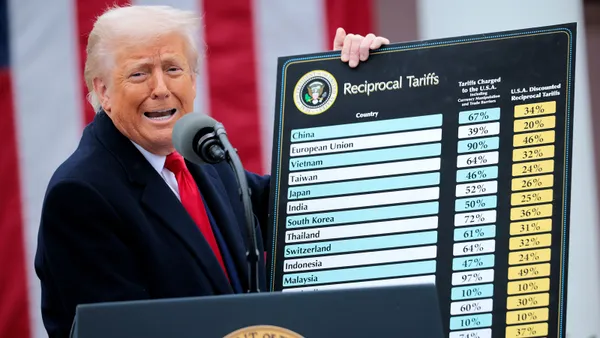The National Restaurant Association urged the Small Business Administration in a letter Wednesday to release $180 million in undistributed Restaurant Revitalization Fund money to restaurant applicants who didn’t receive grants.
The existence of the leftover money was made public two weeks ago on July 14, when the Government Accountability Office published a report on the RRF. Per this report, $24 million of the funding was designated for litigation, and roughly $56 million came from grants that were returned by restaurant recipients or their financial institutions. The remaining money came from “realized or anticipated recoveries,” as well as grants that were offset and returned to the SBA by the Department of the Treasury.
According to the NRA, the American Rescue Plan Act of 2021, which created the RRF, didn’t create a pool of litigation funds for the SBA to administer. The association argues “it would be consistent with the spirit of the law to utilize all unobligated funds to address the RRF shortfall.”
“Every dollar appropriated by Congress for restaurant relief needs to be unlocked and put in the handcoulds of operators struggling to keep their doors open,” Sean Kennedy, NRA’s executive vice president for public affairs, said in a statement. “The potential for replenishing the RRF remains uncertain at best, thus the efficient disbursement of the existing funds is of critical importance to our industry.”
According to the report, SBA officials said there are specific protocols for funds returned to the agency depending on the source. Under these rules, some funds had to be returned to the Treasury Department “and could not be redistributed.”
“In June 2022, officials said they were working with attorneys from the Department of Justice (DOJ) to resolve remaining litigation involving RRF and formulating a plan on how to distribute any remaining funds,” the GAO report states.
In the absence of federal aid, restaurant operators are becoming increasingly worried about their ability to navigate rising COVID-19 case rates, surging inflation and an ongoing labor shortage, according to the NRA. Wholesale food costs have increased over 13% throughout the past year, and the restaurant industry has yet to make up for 728,000 jobs lost during early pandemic restrictions. Forty-three percent of operators believe economic conditions will worsen in six months, marking the highest level of economic pessimism among this group since 2008, according to the NRA’s June 2022 Operator Tracking Survey.
More than two months have elapsed since the Small Business COVID Relief Act of 2022 (S. 4008), a bill that would refill the RRF with $40 billion, failed to pass the Senate. The $28.6 billion fund has been shuttered since May 2021, leaving 200,000 restaurant applicants empty-handed. Only around 100,000 applicants actually secured RRF grants, creating a financial gulf between operators who could use funding to raise wages and improve operations and those who received no money. In April, the Independent Restaurant Coalition found that more than 50% of restaurants and bars that didn’t receive funding feared they would close by September.



